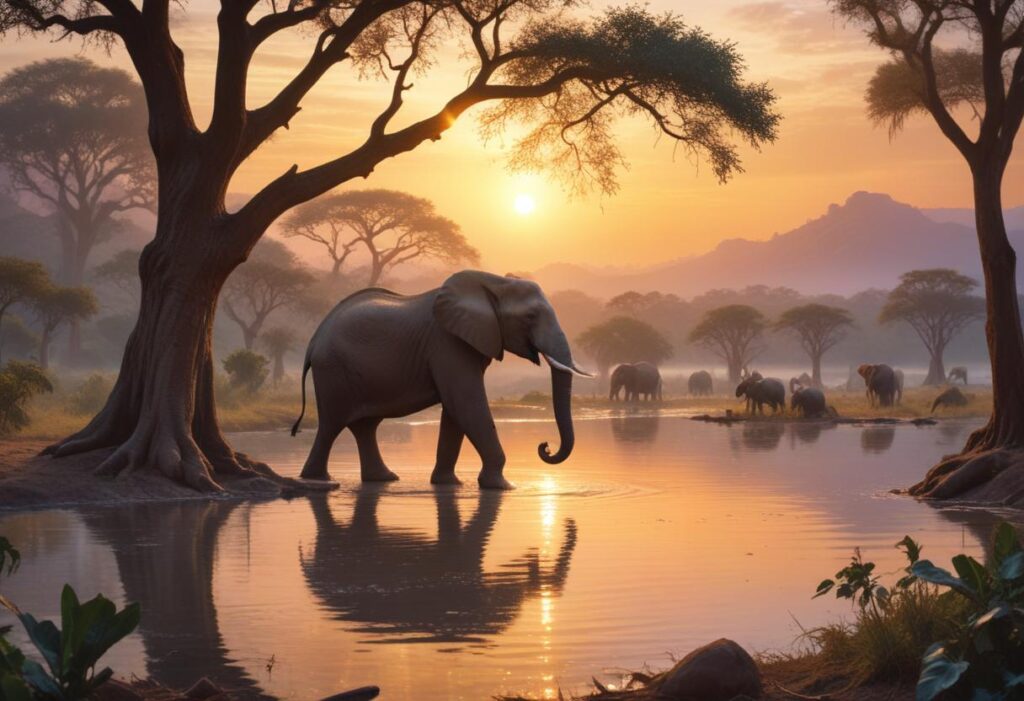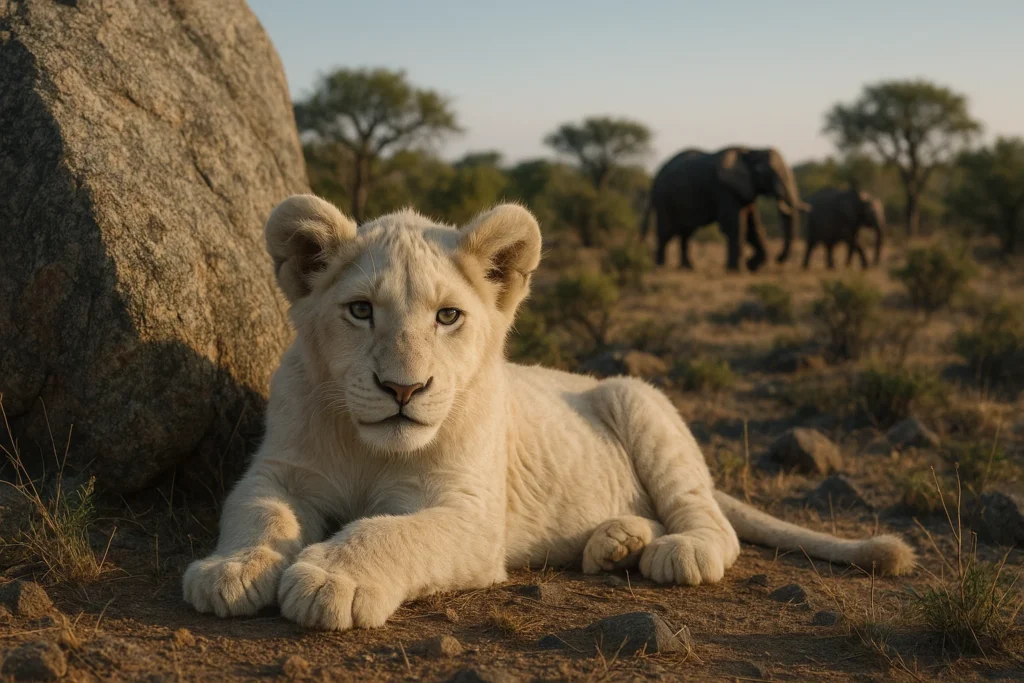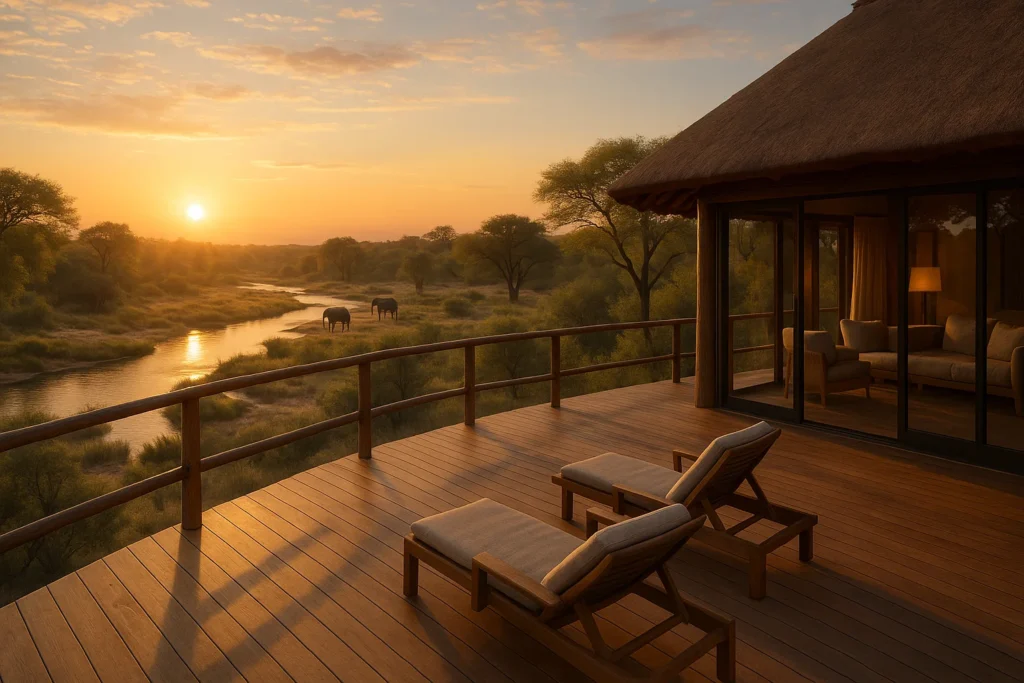Capturing the stunning diversity of Queen Elizabeth National Park—from its sweeping savannahs and volcanic crater lakes to its charismatic wildlife—requires both intentional planning and a creative eye. Here are pro tips to help you shoot breathtaking images of Uganda’s natural gem.
Optimize your equipment & settings
- Lens choice: For wildlife, a telephoto lens (around 200–400 mm) lets you fill the frame with distant subjects. For expansive landscapes (like crater lakes or plains), use a wide-angle lens (24–35 mm) to emphasize scale.
- Stable support: Bring a sturdy tripod or monopod, especially for sunrise/sunset or forest shots, to reduce camera shake and enable long exposures.
- Fast shutter speeds: To freeze wildlife movement and counteract vehicle shake, aim for 1/1000 s or faster.
- Manual exposure control: Use aperture-priority or full manual mode; set ISO high if needed to maintain fast shutter speeds while keeping aperture mid-range (f/5.6–f/8).
Master light & timing
- Golden hours: Shoot at sunrise and sunset for soft, warm light that enhances textures and depth in both landscapes and animals.
- Overcast advantage: Diffused light on cloudy days increases color saturation and minimizes harsh shadows.
- Scout locations: Arrive early to explore vantage points like crater rims or Kazinga channel shores—planning light, composition, and creative angles ahead of time.
Compose with purpose
- Foreground elements: Include interesting natural elements (rocks, grasses, water) in the foreground to create depth and context.
- Rule of thirds and framing: Position your subject off-center or use environmental features (trees, branches) to frame animals and landscapes.
- Perspective matters: Lower your viewpoint—get closer to lion-eye level or crouch near wetland shores for immersive shots.
Capture wildlife behavior
- Continuous burst mode: Use high-speed continuous shooting to capture spikes of action—like a hippo yawning or lion stalking.
- Patience & anticipation: Spend time watching animal behavior. A slow build-up often delivers the best photo opportunities.
- Respect distance & ethics: Maintain safe distances and avoid disturbing wildlife. Use your lens to bring them visually closer.
Artistic techniques
- Long exposures: Use ND filters and tripods to smooth moving water (e.g., crater lake outlets) for ethereal effects.
- Balance color & contrast: Use polarizing filters to reduce glare and enrich earthy tones in water and foliage.
- Foreground-to-background flow: Follow photographer David Muench’s “near‑far wide‑angle” technique—include striking foreground subjects that lead the eye into the scenic background.
Practice & post-processing
- Know your gear: Familiarize yourself with your camera’s autofocus, burst settings, and bracketing before the trip.
- Cull ruthlessly: After each shoot, edit out 90% of images—retain only the strongest 10%.
- Shoot RAW & edit: RAW files allow recovery of shadow/highlight detail. Apply adjustments to color balance, exposure, and contrast during post-processing.
Quick reference guide
| Scenario | Tip |
|---|---|
| Wildlife in motion | 1/1000 s+, continuous burst, telephoto |
| Low-light forest or gorge | Tripod, fast lens, ISO 800–1600 |
| Expansive volcanoes & lakes | Wide-angle lens, tripod, golden hour |
| Kazinga Channel (water & wildlife) | ND filter, tripod, polarizer |
Conclusion
Successful wildlife and landscape photography at Queen Elizabeth National Park combines technical knowledge, creative composition, and respect for nature. With powerful gear, deliberate planning, and ethical patience, you’ll return with captivating photos of elephants by morning mist, hippos glowing at sunset, lions in fig trees, and the awe-inspiring Rift Valley backdrop.
FAQs
No—mid-range DSLR/mirrorless cameras with a 200–400 mm lens and basic tripod can capture stunning images.
Yes—for distant subjects, a 1.4×–2× teleconverter can help—but be aware it reduces light and sharpness slightly.
Prioritize fast shutter speed for wildlife; raise ISO as necessary (up to 1600–3200) to maintain proper exposure without blur.
Absolutely—pull over at scenic spots for steady tripod shots or handheld wide-angle scenes, especially during golden hours.
Yes—high-resolution and burst shooting quickly fill memory cards and drain batteries. Carry extras and keep them in a cool, dry case.






